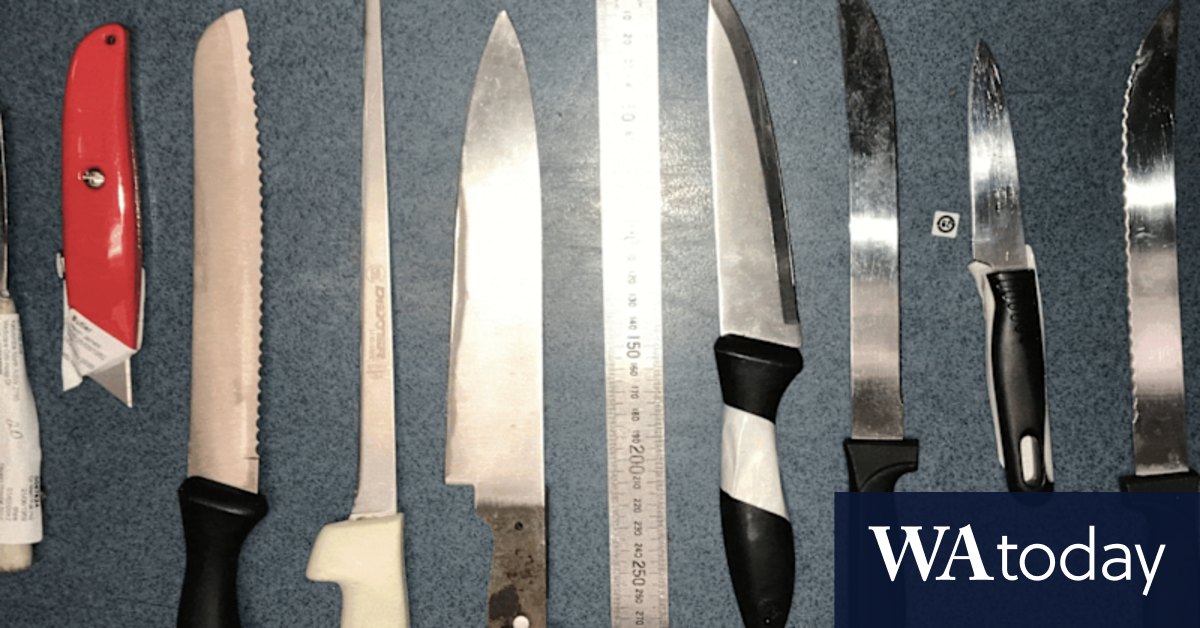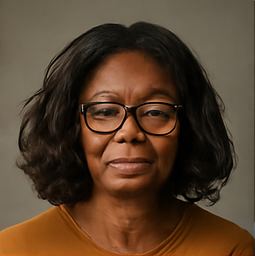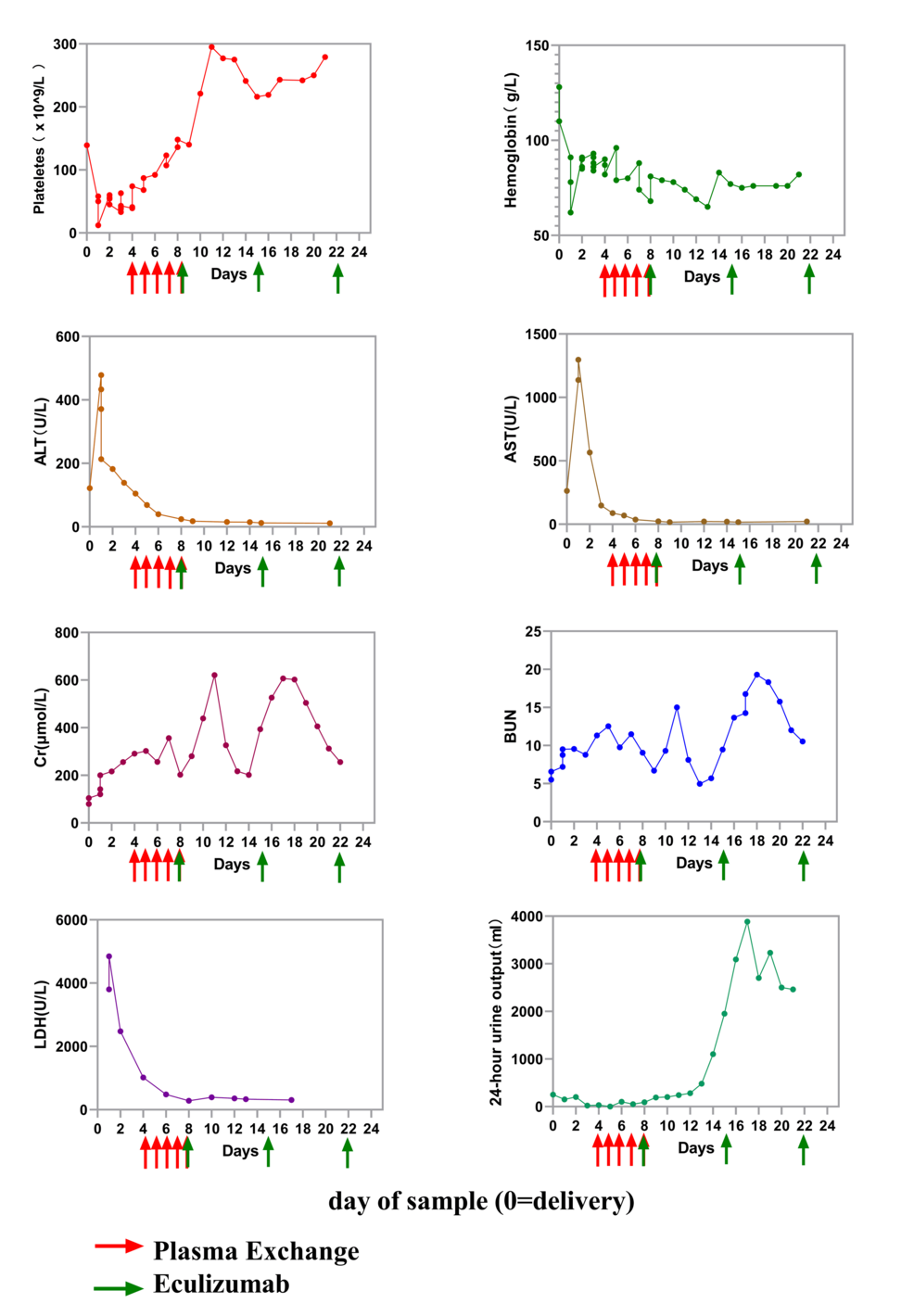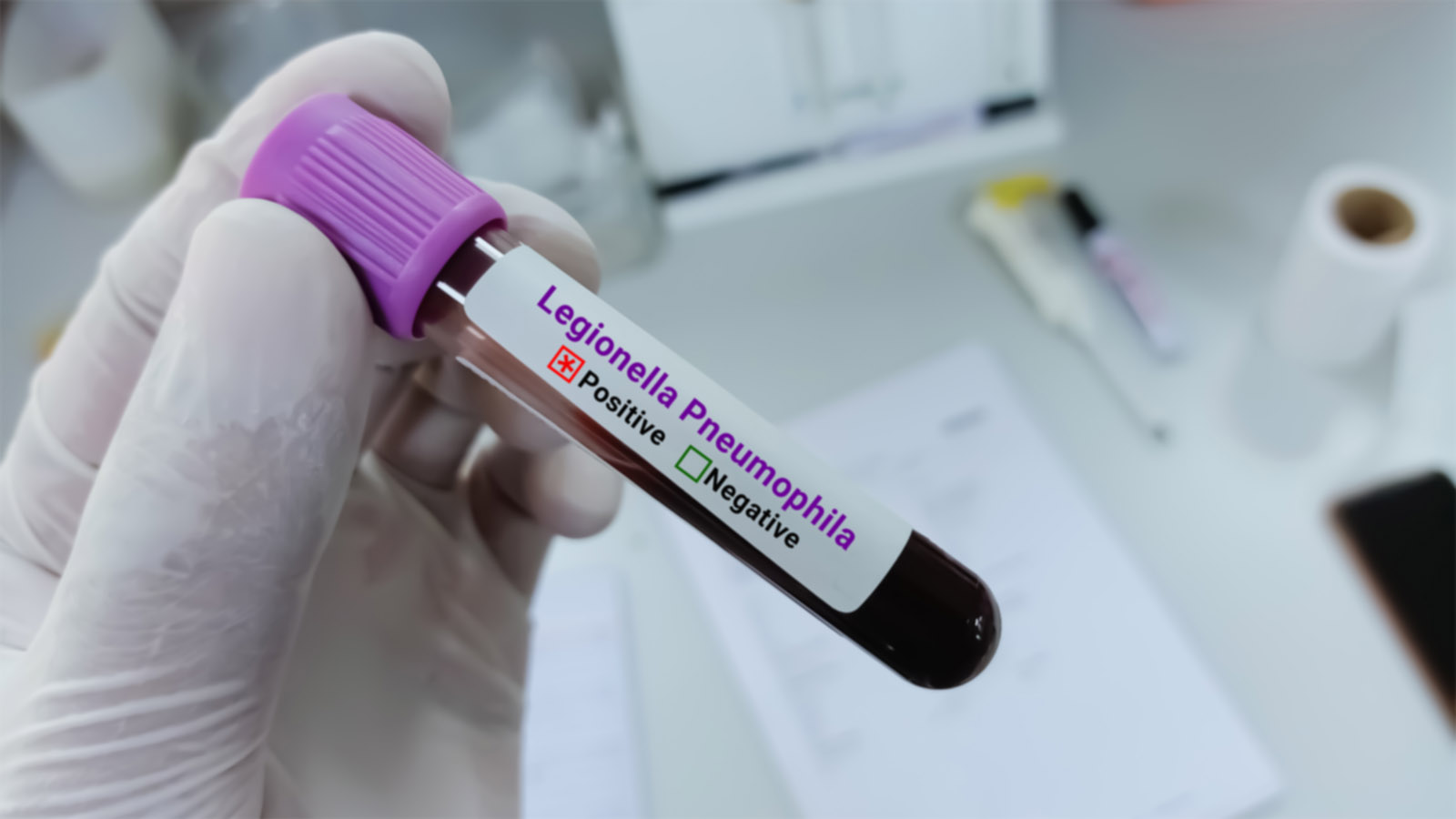Shocking Rise in Hospital Violence: Is Our Healthcare System Failing?

Imagine finding yourself in one of the most vulnerable situations of your life, only to be met with long waits and aggressive encounters instead of the care you desperately need. This is the harsh reality faced by many at the emergency departments of New South Wales hospitals, as mental health crises collide with a healthcare system in distress.
Jessica Comish, a registered nurse from the Illawarra region, speaks from experience when she notes, “They’re frustrated, they’ve spent hours waiting in the emergency department on what could be one of the worst days of their lives.” For countless individuals, a trip to the emergency room should be a beacon of hope, yet they find themselves trapped in a waiting room, anxiety mounting, sometimes in the presence of law enforcement rather than healthcare professionals, amplifying their distress.
NSW Health spokespersons have reported that mental health presentations have remained stable in the Illawarra region since 2018. However, the troubling rise in incidents of aggression against health staff paints a grim picture. Last year, there were 713 reported incidents of physical aggression against healthcare staff in the Illawarra Shoalhaven health district—a staggering 62% increase from the 440 incidents reported in 2021. This alarming trend raises questions about the safety of both patients and healthcare workers and highlights the urgent need for better resources and support systems.
Comish, who has also experienced mental health challenges and has been involuntarily admitted to Shellharbour Hospital, passionately argues that both patients and health workers have been let down by a lack of investment in affordable community health services and adequate hospital staffing. “People are forced to wait until they reach such a critical point in the deterioration of their mental health that the only option they have is to get that emergency intervention,” she explains.
The conditions in these emergency rooms are compounded by the rising prevalence of drugs like ice, which Health Minister Ryan Park acknowledges has a significant impact on behavior. In a distressing twist, many individuals arriving at hospitals, often brought in by police, are already in a heightened state of anxiety. “We really just need somebody to sit with us and give us some advice and reassurance,” Comish states, but instead, they are often met with a show of force: “What we’re met with is people with bulletproof vests, guns, tasers, and pepper spray in our face.”
Jayden Watson, a security guard at Shellharbour Hospital, highlights the dire situation further. He reports a sharp increase in “code black” calls—an alert for immediate threats—within the hospital’s mental health unit. The number of these calls jumped from 25 the previous year to an astonishing 56 in just a single year, a concerning reflection of the escalating violence. Watson himself has faced horrendous assaults on the job, including a brutal headbutt that broke his teeth and multiple physical altercations while trying to protect staff and patients.
In response to the alarming violence, NSW Health has implemented measures such as a trial involving up to 300 security cameras in nine hospital emergency departments. However, feedback from security personnel has been mixed, with some reports of disturbing incidents, including stabbings and encounters with weapons, raising serious questions about the effectiveness of these measures. As one guard put it, “We were told within days that it wouldn’t be classed as a stabbing.”
The healthcare system’s struggles to keep both patients and staff safe underline a critical need for reform. As we witness these rising numbers of violence and stress in our hospitals, it’s clear that action must be taken now to protect those who protect us and those in need of care.




























